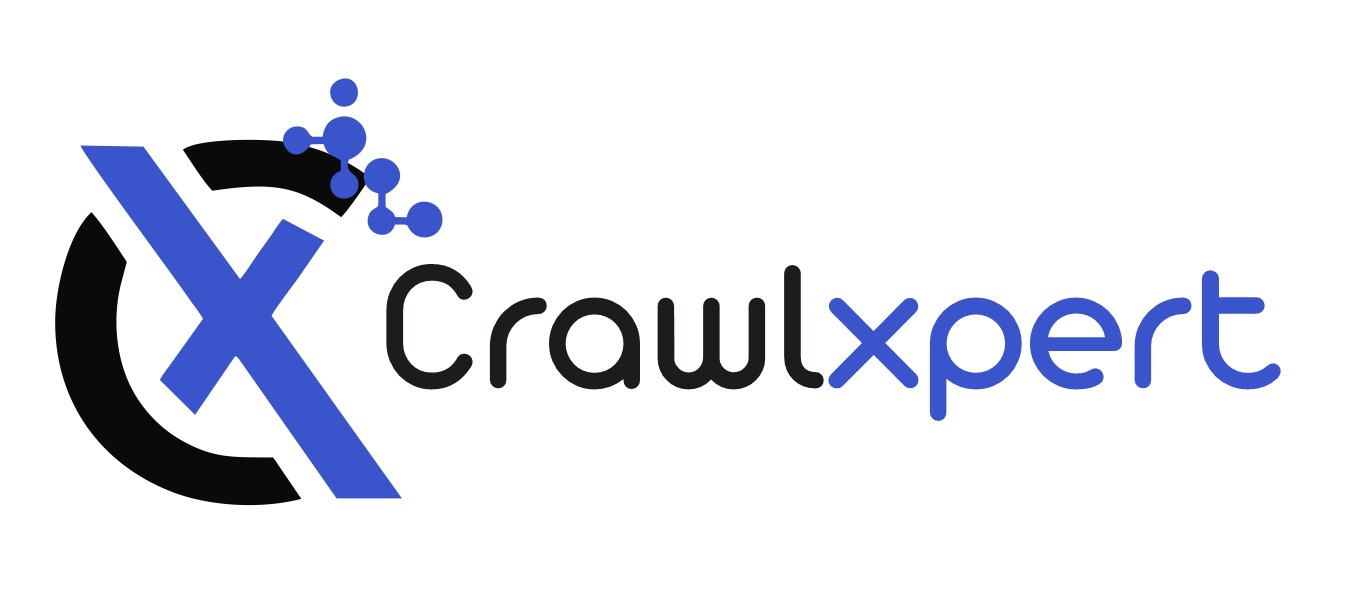
Scraping Quick Commerce Apps to Track Delivery Speed and Performance
Apr 02, 2025
Introduction
The rise of quick commerce (Q-commerce) has transformed the e-commerce landscape by enabling ultra-fast deliveries of groceries, essentials, and other consumer goods. Companies like Instacart, Gopuff, Getir, Zapp, and Blinkit promise delivery times as fast as 10-30 minutes, making speed and efficiency the key differentiators in this industry. However, maintaining consistent delivery speed and performance is challenging, as several factors—including traffic, demand surges, and logistics—can impact service reliability.
Businesses, analysts, and competitors use web scraping to extract key performance indicators from quick commerce apps to monitor and optimize their delivery operations. This blog explores how scraping quick commerce apps provides valuable insights into delivery performance, order fulfillment speed, and real-time tracking, enabling businesses to refine their logistics strategies and improve customer experience.
Why Track Delivery Speed and Performance in Quick Commerce?
1. Competitive Benchmarking
- Companies need to measure their delivery times against competitors to identify areas for improvement.
- Quick commerce app extraction helps analyze average delivery times, service quality, and efficiency metrics.
2. Customer Expectations and Satisfaction
- Fast delivery is a primary reason customers choose Q-commerce services.
- Extracting quick commerce app data helps businesses identify patterns in late deliveries and optimize service.
3. Real-Time Delivery Tracking
- Scraping allows businesses to monitor real-time delivery updates and tracking status from competitors.
- This data provides insight into how efficiently competitors are fulfilling orders.
4. Operational Optimization
- Companies can assess factors like delivery routes, peak hours, and fulfillment bottlenecks.
- Helps identify areas of inefficiency in the delivery network.
5. Predicting Demand and Resource Allocation
- Tracking real-time delivery speeds helps predict future demand fluctuations.
- Businesses can optimize rider allocation, warehouse management, and delivery slots accordingly.
How Web Scraping Works for Quick Commerce Delivery Tracking
1. Identifying Target Quick Commerce Apps
Before implementing a quick commerce apps extraction strategy, businesses must determine which Q-commerce platforms to track. Popular quick commerce apps include:
- Instacart – Grocery delivery from multiple retailers with estimated delivery times.
- GoPuff – Delivers everyday essentials with real-time delivery tracking.
- Getir – Ultra-fast grocery deliveries with location-based tracking.
- Zapp – 24/7 on-demand convenience store deliveries.
- Blinkit – Instant grocery delivery with live order updates.
- DoorDash – Restaurant and convenience store delivery with dynamic estimated arrival times.
- Uber Eats – Food and grocery delivery with live tracking features.
- JOKR – Delivers fresh groceries and essentials in minutes.
- Flink – Europe-based ultra-fast grocery delivery service.
- Gorillas – Quick delivery platform specializing in fresh food and daily essentials.
2. Data Fields Extracted for Delivery Performance Analysis
Extracting quick commerce app data involves scraping relevant delivery metrics such as:
- Estimated Delivery Time (ETA) – Expected time from order placement to delivery.
- Actual Delivery Time – Time taken for fulfillment vs. estimated delivery.
- Delivery Distance – Location data to analyze service reach and efficiency.
- Order Fulfillment Speed – Time taken to process and dispatch orders.
- Traffic and Demand Surge Impact – Identifying delays due to peak-hour congestion.
- Customer Ratings and Reviews – Analyzing feedback on delivery reliability.
- Delivery Fees and Surcharges – Understanding pricing variations for fast delivery.
3. Tools and Technologies for Quick Commerce Data Scraping
To efficiently scrape quick commerce apps, businesses rely on a combination of web scraping tools and automation technologies, including:
- Scrapy – A powerful Python framework for structured data extraction.
- Selenium – Automates browser interactions for scraping dynamic content.
- BeautifulSoup – Parses HTML to extract structured data from web pages.
- API Requests – Some Q-commerce platforms offer public APIs that allow access to structured delivery data.
- Proxies and User-Agent Rotation – Prevents detection and blocking when scraping frequently.
4. Data Cleaning and Processing
Once data is extracted, businesses need to:
- Normalize data formats – Ensure consistency across different platforms.
- Remove duplicate or irrelevant data – Cleanse scraped data for accuracy.
- Integrate with analytics tools – Use business intelligence tools for actionable insights.
5. Implementing Delivery Performance Insights
Once businesses have access to quick commerce apps extraction data, they can:
- Compare their delivery times to competitors.
- Optimize delivery routes based on real-time traffic insights.
- Adjust pricing strategies based on competitor surcharges.
- Predict peak demand times and allocate resources efficiently.
Challenges in Scraping Quick Commerce Apps
1. Anti-Scraping Measures
- Many platforms use CAPTCHAs, IP blocking, and bot detection to prevent automated data extraction.
- Solution: Use rotating proxies, dynamic user-agent headers, and CAPTCHA-solving services.
2. Dynamic Content and AJAX Loading
- Real-time tracking data is often loaded asynchronously using JavaScript.
- Solution: Use Selenium or Puppeteer to interact with JavaScript-rendered elements.
3. Changing Website Structures
- Frequent updates to app UI and API structures can disrupt scrapers.
- Solution: Implement adaptive scraping techniques that can adjust to layout changes.
4. Legal and Compliance Considerations
- Scraping terms of service (ToS) violations can lead to legal challenges.
- Solution: Focus on publicly available data and comply with robots.txt guidelines.
Best Practices for Scraping Quick Commerce Apps
To successfully extract quick commerce apps data, businesses should follow best practices:
- Leverage API Access Where Possible – Some platforms provide structured data access via APIs.
- Use Headless Browsing for JavaScript-Heavy Pages – Headless browsers help interact with dynamic pages.
- Monitor Scraper Performance Regularly – Adjust scrapers to keep up with website changes.
- Implement Data Deduplication – Ensure scraped data is accurate and free of redundancy.
- Respect Platform Policies – Always adhere to legal and ethical scraping standards.
The Future of Web Scraping for Quick Commerce Analytics
1. AI-Driven Delivery Prediction Models
- AI-based algorithms will analyze historical scraped data to forecast delivery times more accurately.
2. Real-Time Delivery Performance Dashboards
- Businesses will integrate scraped data into BI tools for real-time operational insights.
3. Integration with Logistics Optimization Tools
- Web scraping will enable real-time adjustments in delivery routes and fleet management.
4. Blockchain for Transparent Delivery Tracking
- Future Q-commerce platforms may integrate blockchain for verifiable delivery logs.
5. Automated Pricing and Service Adjustments
- Scraped delivery data will influence dynamic pricing models based on demand and service speed.
Conclusion
Scraping quick commerce apps has become an essential strategy for tracking delivery performance and ensuring competitive efficiency in the ultra-fast e-commerce sector. Businesses leveraging quick commerce app extraction can analyze competitor delivery times, optimize their logistics, and enhance customer satisfaction.
For companies looking to gain deeper insights into delivery speed, performance trends, and real-time tracking, CrawlXpert offers cutting-edge web scraping solutions to extract and analyze delivery data efficiently. Partner with CrawlXpert to stay ahead in the highly competitive Q-commerce industry!

